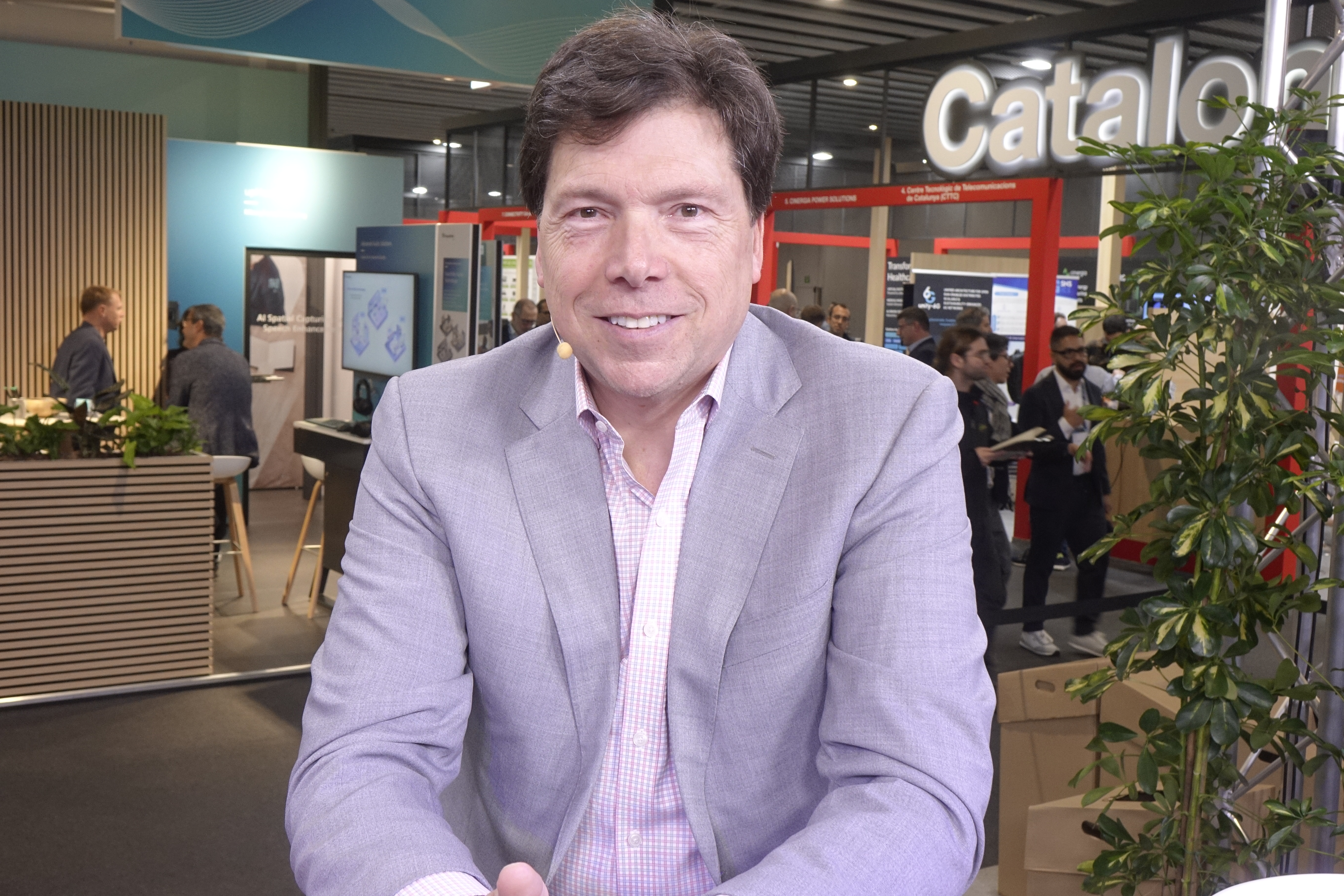 INFRA
INFRA
 INFRA
INFRA
 INFRA
INFRA
Network disaggregation is reshaping the telecommunications industry as companies race to modernize their infrastructure to support the increasing demands of 5G, edge computing and the internet of things.
This transformation requires a fundamental shift in how networks are built, managed and operated, leading to a growing need for cloud-native architectures and automation. The industry is at a critical inflection point, according to Dennis Hoffman (pictured), general manager of the Dell Technologies Inc.’s telecom business.

Dell Technologies’ Dennis Hoffman talks with theCUBE about the challenges and opportunities facing the telecom industry.
“It really feels to me like we’re really hitting that knee of the curve,” he said. “I’m having no conversations with anybody about architecture. It’s disaggregating, [and] I get why it’s disaggregating.”
Hoffman spoke with theCUBE’s Dave Vellante and Savannah Peterson at MWC25, during an exclusive broadcast on theCUBE, SiliconANGLE Media’s livestreaming studio. They discussed the challenges and opportunities facing the telecom industry as it undergoes a significant transformation. (* Disclosure below.)
Network disaggregation requires more than just technological changes; it demands a shift in mindset, culture and skill sets. Telecommunications companies need to address the “people” side of this transformation to ensure its success, according to Hoffman. This includes fostering a collaborative environment, embracing new ways of working and investing in talent development to hasten the learning curve for managing and operating cloud-native networks.
“There’s the middle group … that are learning and trying to figure this out,” Hoffman said. “That group of people finds this anxiety-inducing.”
Moving away from familiar vendor relationships and established processes can be challenging, and companies need to acknowledge and address the anxieties that come with this change. Meeting personnel where they are and providing the necessary support and resources to navigate the transition is critical, according to Hoffman. Open communication and collaboration across different teams help ensure success.
“We have a very vertical architecture called a radio access network, and by geography, we have a single vendor for that radio access network, and we rely heavily on that vendor,” Hoffman said. We have a RAN engineering team, so now we’re going horizontal. It implies a change in people … process … [and] skill set, and it’s the people part, not the technology part … that people have to do, and it’s the hard part. It’s why we chose the word ‘transformation’ [to describe it], not because marketing chose it. [We’re] trying to apply a disruptive change, not a stroll in the park.”
The complexity of network disaggregation necessitates a collaborative approach within the telecom ecosystem. Strong alliances between technology vendors such as Nokia Corp., operators and service providers are crucial to deliver effective solutions for the industry, according to Hoffman.
“The world is used to buying from one person, so the partnership’s everything,” he said. “If we as an ecosystem cannot convince the operators that we can produce something that’s cost competitive, equally or better performant and … with every bit of that support infrastructure in place, it’s going to be hard to move.”
Dell Technologies prioritizes building strong relationships to enable successful network disaggregation. The company focuses on being an effective ecosystem enabler, facilitating collaboration between various players in the telecom industry, according to Hoffman.
“We apply almost as much resource to strategic alliances and partnerships as we do to customers,” he said. “We have a ruthless definition of strategic alliance. ‘I understand your strategy; you understand my strategy.’ [If] we see the overlap, we apply a resource against that. Otherwise, they’re ‘Barney’ deals, and strategic partnership is like nothing.”
Here’s the complete video interview, part of SiliconANGLE’s and theCUBE’s coverage of MWC25:
(* Disclosure: TheCUBE is a paid media partner for MWC25. The sponsors of theCUBE’s event coverage do not have editorial control over content on theCUBE or SiliconANGLE.)
Support our open free content by sharing and engaging with our content and community.
Where Technology Leaders Connect, Share Intelligence & Create Opportunities
SiliconANGLE Media is a recognized leader in digital media innovation serving innovative audiences and brands, bringing together cutting-edge technology, influential content, strategic insights and real-time audience engagement. As the parent company of SiliconANGLE, theCUBE Network, theCUBE Research, CUBE365, theCUBE AI and theCUBE SuperStudios — such as those established in Silicon Valley and the New York Stock Exchange (NYSE) — SiliconANGLE Media operates at the intersection of media, technology, and AI. .
Founded by tech visionaries John Furrier and Dave Vellante, SiliconANGLE Media has built a powerful ecosystem of industry-leading digital media brands, with a reach of 15+ million elite tech professionals. The company’s new, proprietary theCUBE AI Video cloud is breaking ground in audience interaction, leveraging theCUBEai.com neural network to help technology companies make data-driven decisions and stay at the forefront of industry conversations.